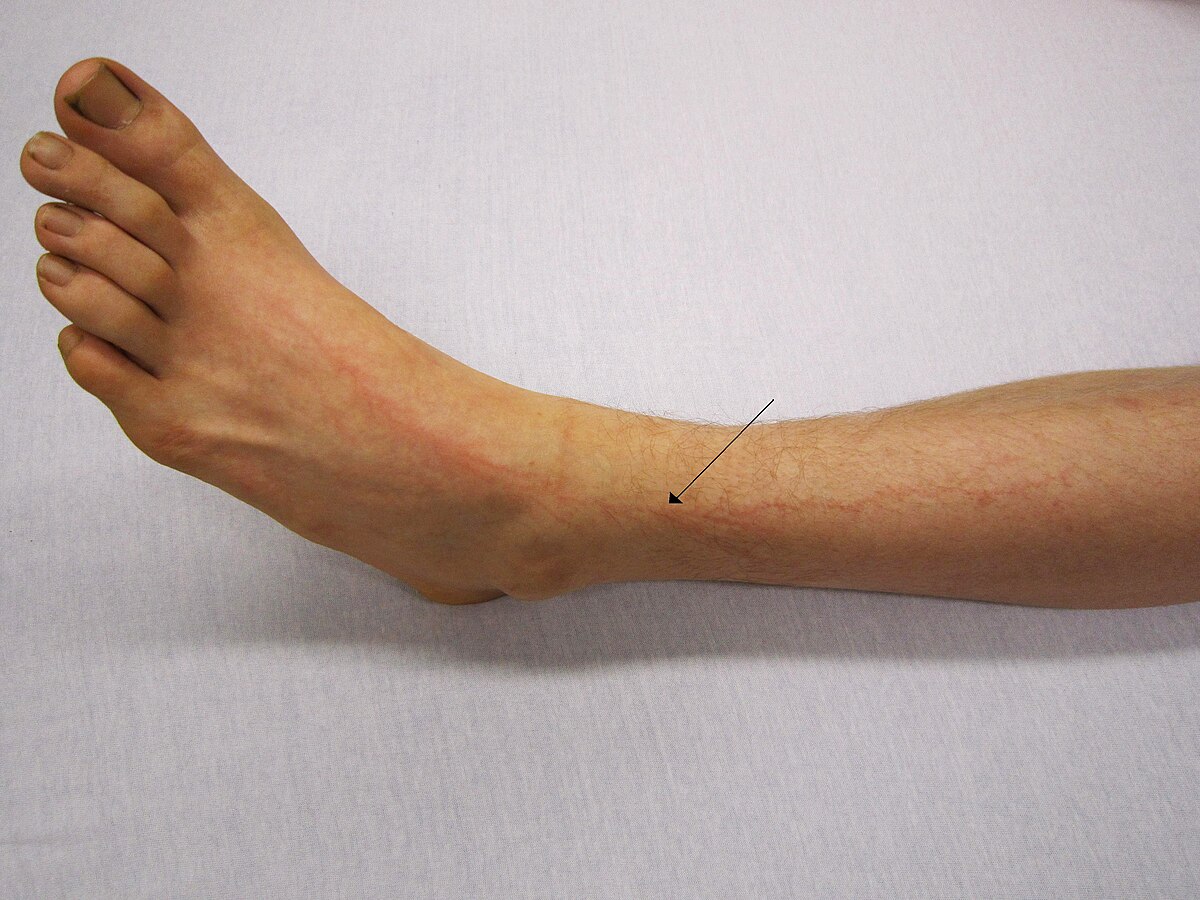Bathroom with an electric shower wired to the latest regs with a 40A MCB and RCD protection. Is the disconnection time 0.4s or 5s.
Looking at the regs it states fixed equipment up to 32A is 0.4s so everything after that unless it has a socket outlet can be 5s, but its a bathroom where everything needs to be RCD protected so surey it needs to be 0.4s.
We are talking about writing a figure on a bit of paper here by the way to satisfy a council bod, not to prevent any sort of injury or death, just a written number. Honestly, I cant wait to retire, it cant come quick enough.
I was previously under the impression that every final circuit now needed to be 0,4s so was surprised to see that stuff over 32A could still be 5s.
Looking at the regs it states fixed equipment up to 32A is 0.4s so everything after that unless it has a socket outlet can be 5s, but its a bathroom where everything needs to be RCD protected so surey it needs to be 0.4s.
We are talking about writing a figure on a bit of paper here by the way to satisfy a council bod, not to prevent any sort of injury or death, just a written number. Honestly, I cant wait to retire, it cant come quick enough.
I was previously under the impression that every final circuit now needed to be 0,4s so was surprised to see that stuff over 32A could still be 5s.










